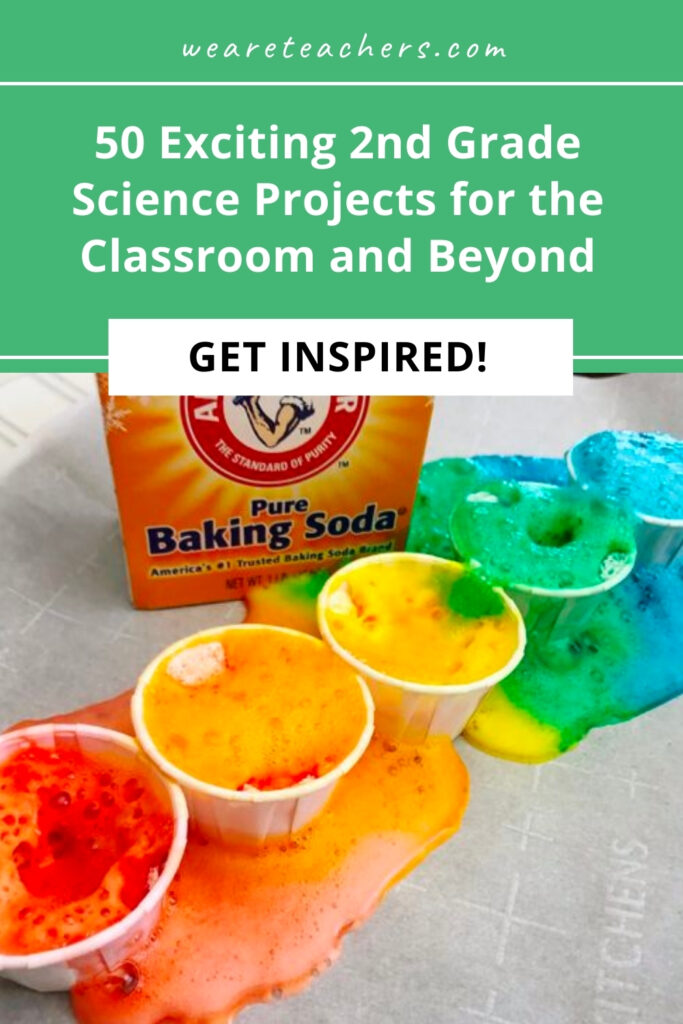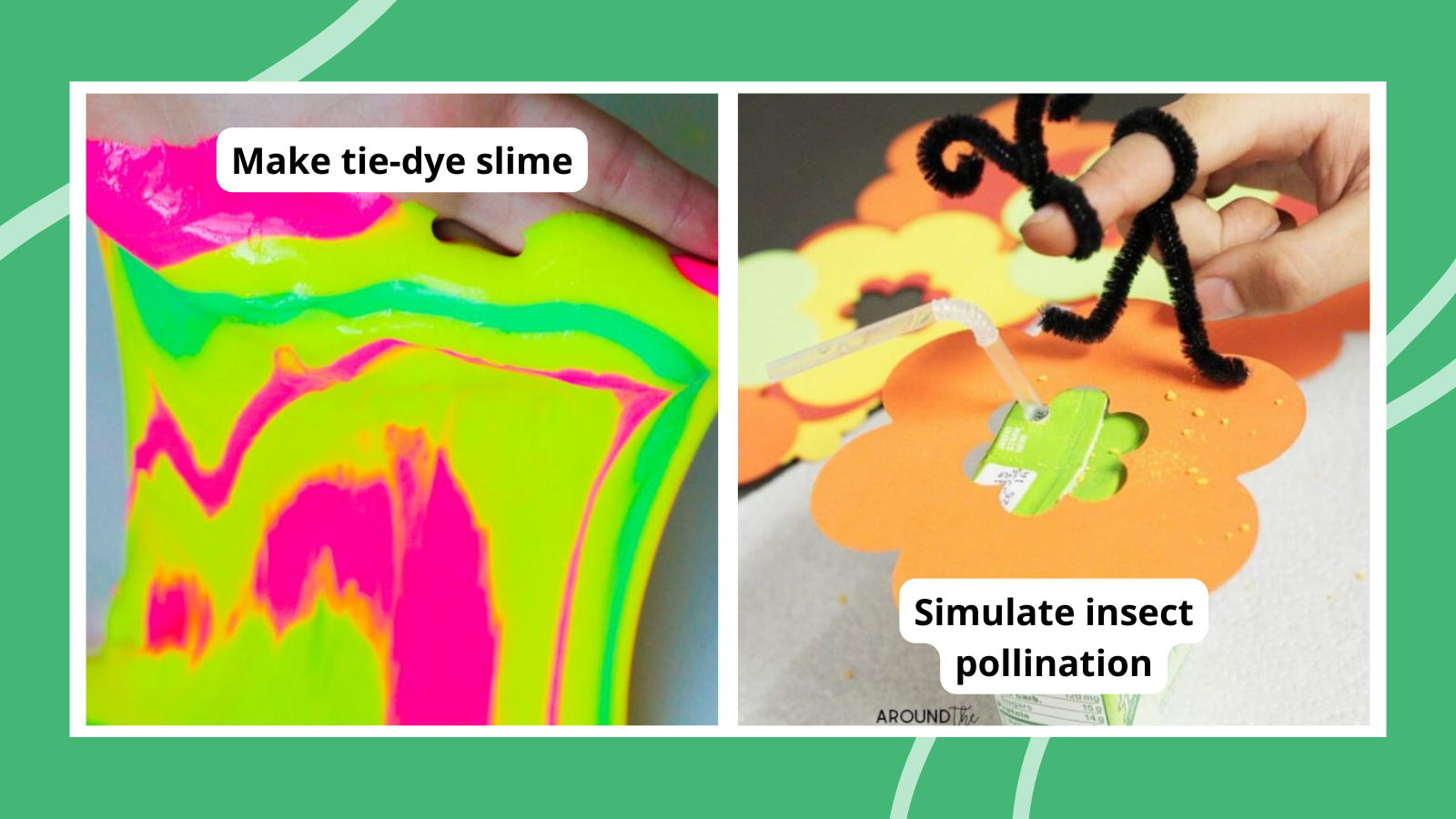Kids love science, especially when it involves hands-on experiments. These 2nd grade science projects, experiments, and activities are guaranteed to bring excitement and enthusiastic vibes into your classroom. Your students will learn basic concepts about physics, chemistry, biology, and more while having a blast!
To make it even easier to find the best 2nd grade science projects, we’ve given each a rating based on difficulty and the materials you’ll need.
Difficulty:
- Easy: Low or no-prep experiments you can do pretty much anytime
- Medium: These take a little more setup or a longer time to complete
- Advanced: Experiments like these take a fairly big commitment of time and/or effort
Materials:
- Basic: Simple items you probably already have around the house
- Medium: Items that you might not already have but are easy to get your hands on
- Advanced: These require specialized or more expensive supplies to complete
Jump to:
- Nature and Earth Science 2nd Grade Science Projects
- Food Science Activities and Projects for 2nd Graders
- More 2nd Grade Science Experiments and Activities
Nature and Earth Science 2nd Grade Science Projects
Explore animals, ecosystems, geology, plate tectonics, and more with these interesting and interactive 2nd grade science activities.
Pollinate like a bee
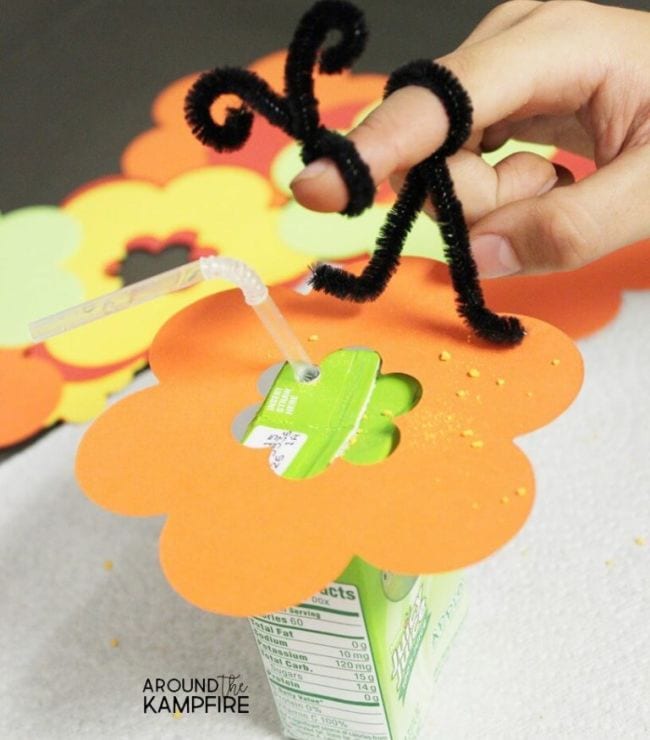
Difficulty: Easy / Materials: Basic
Use pipe cleaner bees to discover how these pollinators pick up and move cheese powder “pollen” from one juice box flower to the next. Simple, fun, and adorable!
Learn more: Cheese Powder Pollination Activity at Around the Kampfire
Simulate a landslide
Difficulty: Easy / Materials: Basic
This NASA video shows you how to create an indoor landslide in a milk carton, showing students the power of weather, erosion, and nature in action.
Grow a sprout house
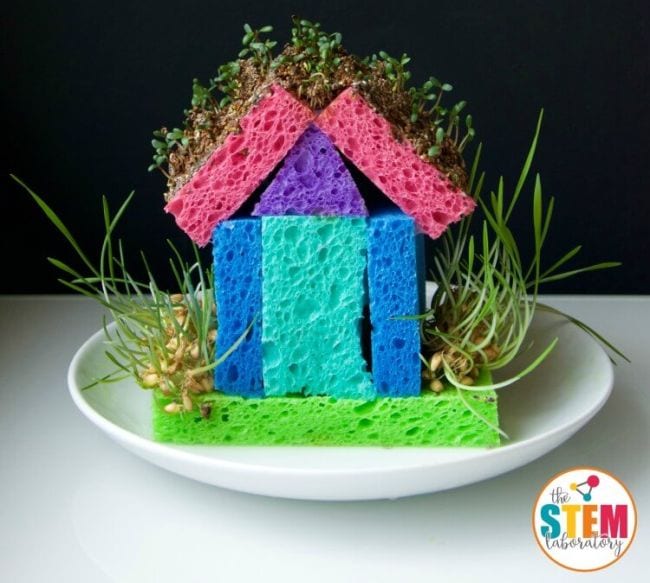
Difficulty: Medium / Materials: Medium
This two-part science project first challenges kids to use their engineering skills to construct a miniature house made of sponges. Then, they plant chia, alfalfa, or other quick-sprouting seeds and keep the sponges moist until they start to grow.
Learn more: Sponge Garden at The STEM Laboratory
Re-create the water cycle in a bag
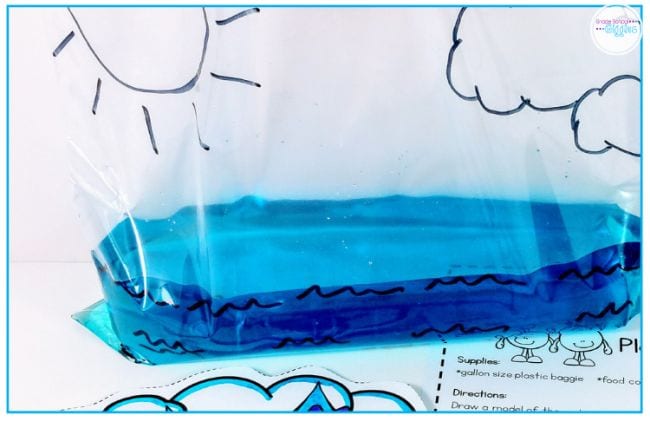
Difficulty: Easy / Materials: Basic
This simple but effective experiment explores the water cycle. Fill a plastic bag partway with water and set it on a sunny windowsill to see how the water evaporates up and eventually “rains” down.
Learn more: Water Cycle Bags at Grade School Giggles
Create an earth model from play dough
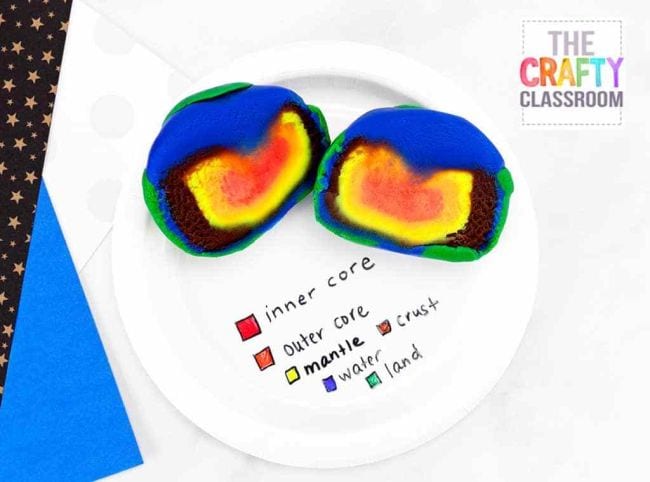
Difficulty: Easy / Materials: Basic
Play-Doh has so many uses in the classroom! Use it to teach 2nd grade science students about the layers of the earth by building a fun and colorful model.
Learn more: Layers of the Earth at The Crafty Classroom
Explore erosion with sugar cubes
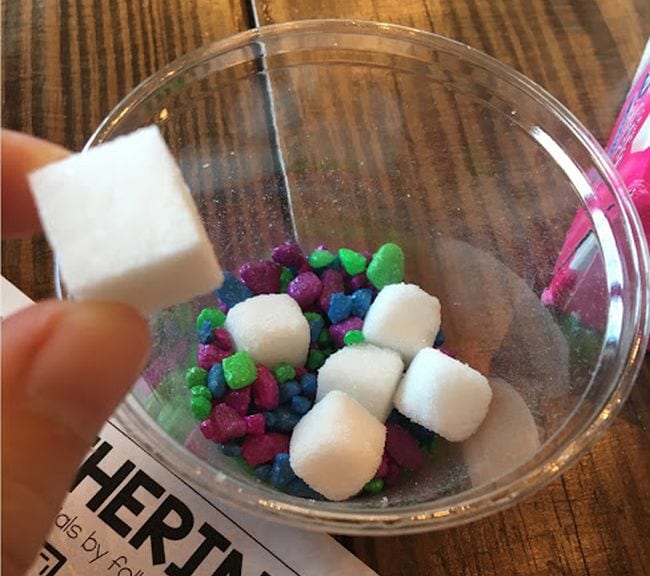
Difficulty: Easy / Materials: Basic
Simulate the effects of erosion by shaking sugar cubes in a cup with some pebbles to see what happens. Get more ideas for 2nd grade science activities about erosion and weathering at the link.
Learn more: Weathering and Erosion at The First Grade Roundup
Find out which liquid is best for growing seeds
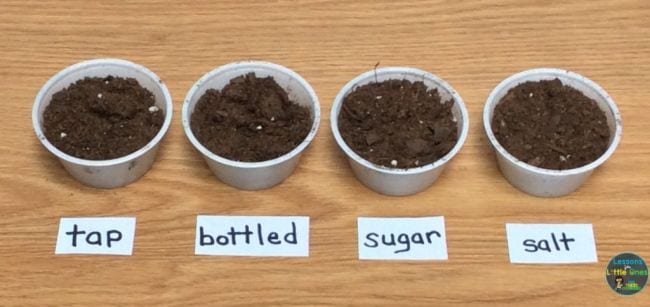
Difficulty: Easy / Materials: Medium
As you learn about the life cycle of plants, explore how water supports their growth. Plant seeds and water them with a variety of liquids to see which sprout first and grow best.
Learn more: Watering Experiment at Lessons for Little Ones
Build a folded mountain
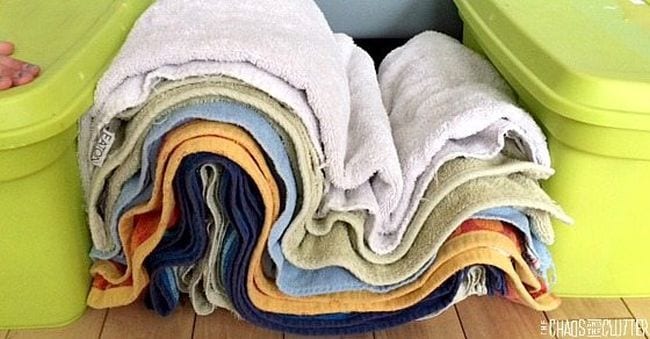
Difficulty: Easy / Materials: Basic
This clever demonstration helps kids understand how some types of mountains are formed. Use layers of towels to represent rock layers and boxes for continents. Then pu-u-u-sh and see what happens!
Learn more: Towel Mountain at The Chaos and the Clutter
Explode a balloon seed pod
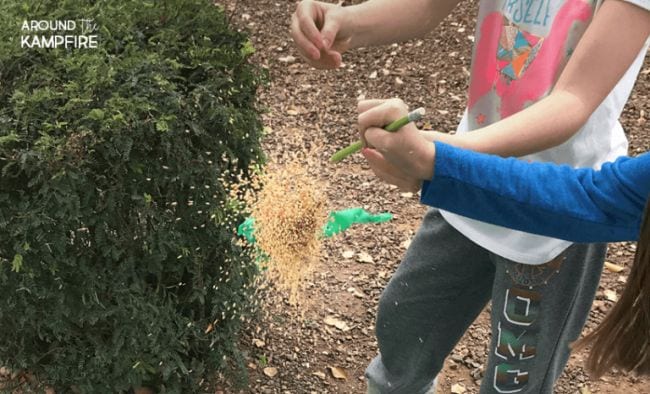
Difficulty: Easy / Materials: Medium
After you learn about pollination, take the next step and explore how plants disperse their seeds far and wide. One way is with exploding seed pods. Use a balloon to see how it works.
Learn more: Seed Dispersal Activity at Around the Kampfire
Watch a leaf “breathe”
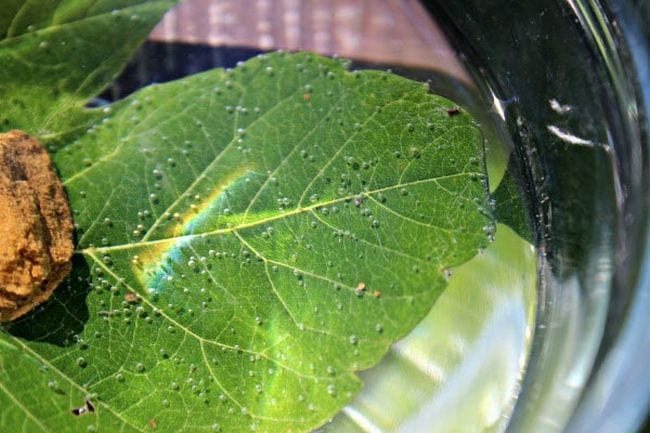
Difficulty: Easy / Materials: Basic
Plants “breathe” through transpiration, and you can see the process in action simply by submerging a leaf in water.
Learn more: Leaf Transpiration at KC Edventures With Kids
Grow a self-sustaining ecosystem
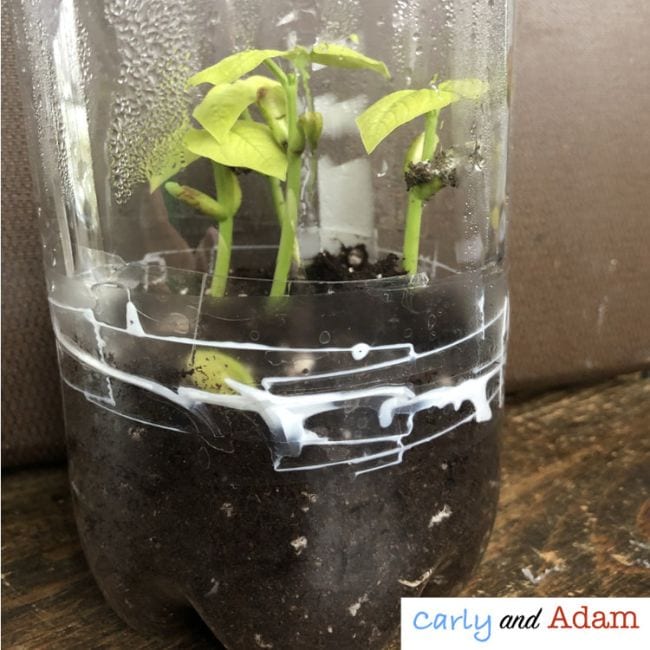
Difficulty: Easy / Materials: Medium
Plant seeds inside a sealed plastic bottle and observe both the water cycle and the plant life cycle in one simple 2nd grade science experiment.
Learn more: Plastic Bottle Planter at Carly and Adam
Compare and contrast animal habitats
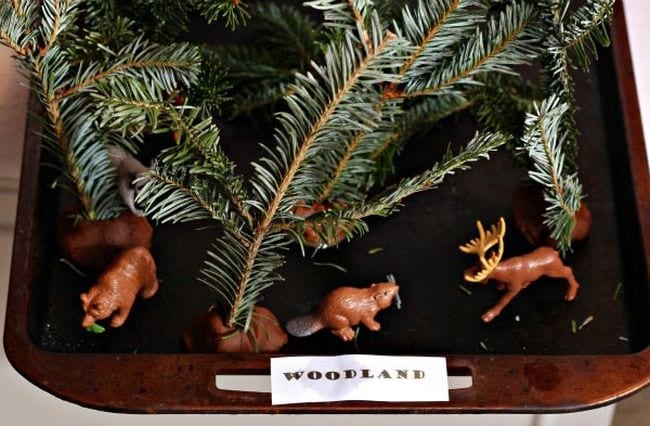
Difficulty: Easy / Materials: Medium
Build a variety of habitats (woodland, arctic, savanna, etc.). Then have kids compare to see how they are similar (all have water) and how they are different (trees, temperatures, etc.).
Learn more: Animal Habitats at KC Edventures With Kids
Discover plate tectonics with graham crackers
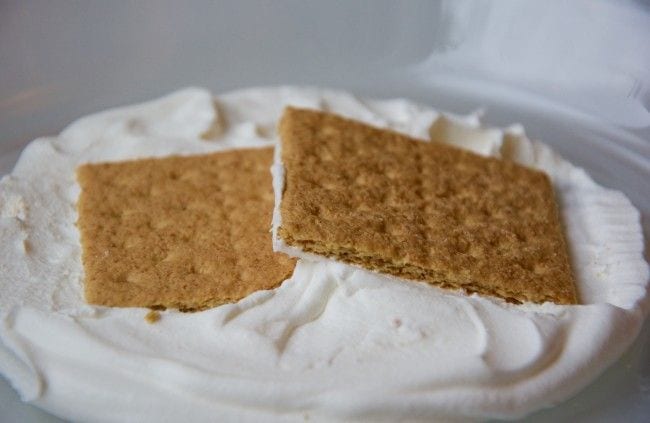
Difficulty: Easy / Materials: Medium
Use graham crackers as the Earth’s crust floating on a bed of whipped topping “mantle” to learn about how tectonic plates interact.
Learn more: Graham Cracker Plate Tectonics at Playdough to Plato
Collect and classify rocks
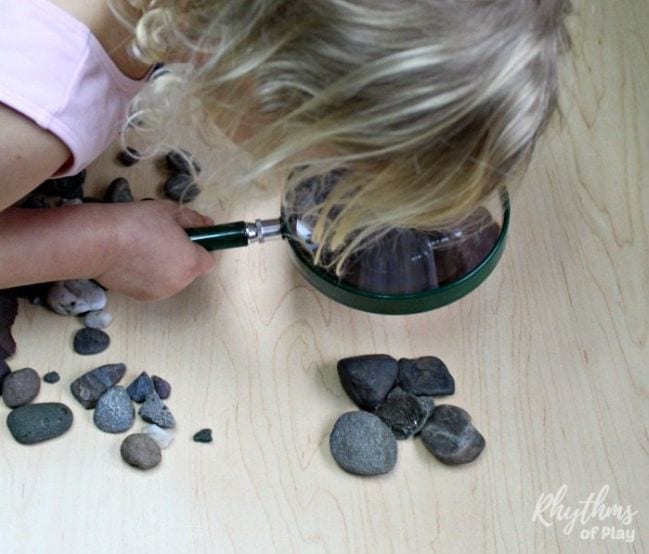
Difficulty: Easy / Materials: Medium
Take a nature walk to pick up rocks of all kinds. Bring them back and have kids examine them closely and sort them into groups by properties (color, size, shape, texture, and so on). This is a fantastic lead-in to learning about the types of rocks.
Learn more: Classifying Rocks at Rhythms of Play
Make edible dirt cups
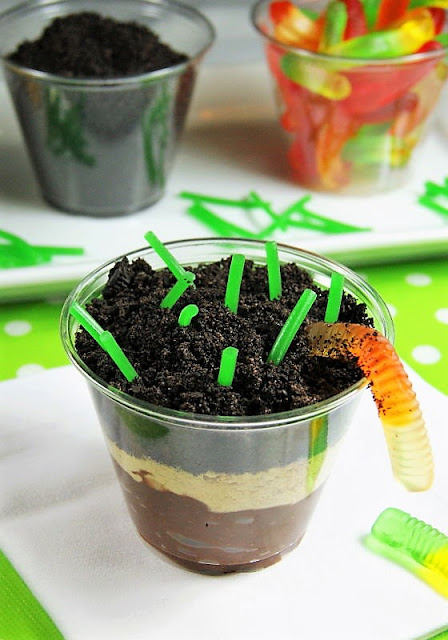
Difficulty: Easy / Materials: Medium
Help your students remember the four types of soil with this tasty 2nd grade science experiment. Layer pudding, graham crackers, and Oreos for a mouthwatering, memorable lesson.
Learn more: Edible Soil Cups at The Kitchen Is My Playground
Food Science Activities and Projects for 2nd Graders
Raid the pantry and try these kitchen science experiments with your second graders! They all use common food items to explore all sorts of fascinating science concepts.
Power up a lemon battery
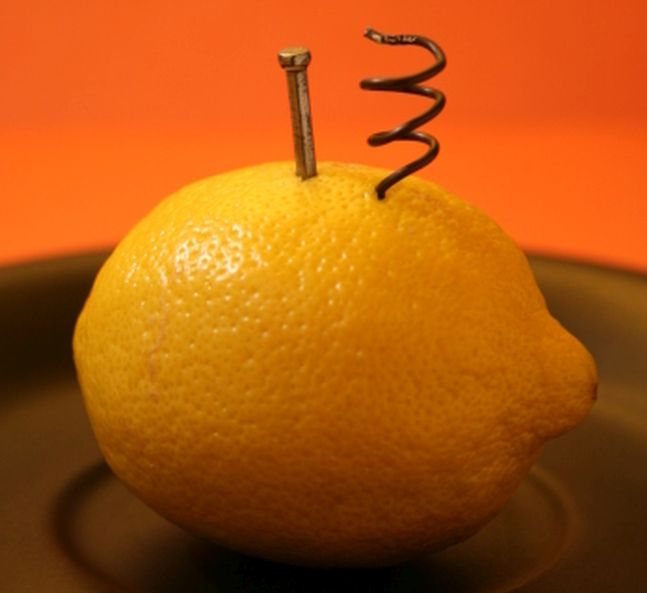
Difficulty: Easy / Materials: Medium
Here’s another classic science experiment every kid should try. They’ll be amazed to learn a citrus fruit can generate an electric current!
Learn more: Lemon Battery at Education.com
Conduct a cookie dunk experiment
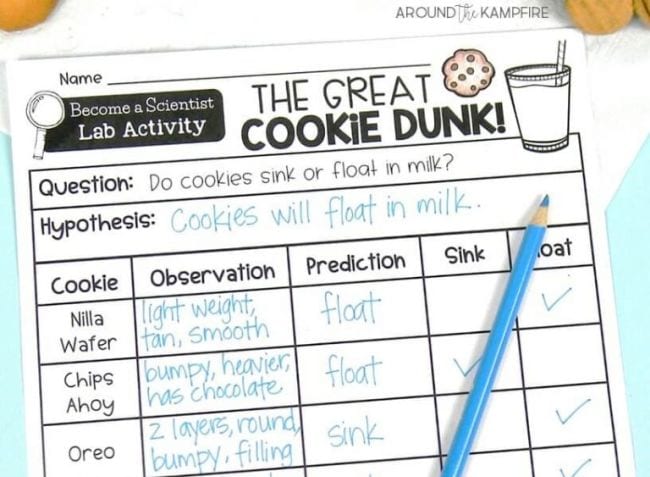
Difficulty: Easy / Materials: Medium
Introduce or review the scientific method with a fun and easy experiment to determine which cookies float or sink when dunked in milk. Then you can eat the results! (Find more great edible science experiments here.)
Learn more: Milk and Cookies Scientific Method Experiment at Around the Kampfire
Use bread to learn about handwashing

Difficulty: Easy / Materials: Basic
There’s never been a better time for an experiment involving the importance of washing your hands! All you need for this one is bread, plastic bags, and some dirty hands.
Learn more: Moldy Bread Experiment at Parenting Isn’t Easy
Drink root beer floats to learn about states of matter
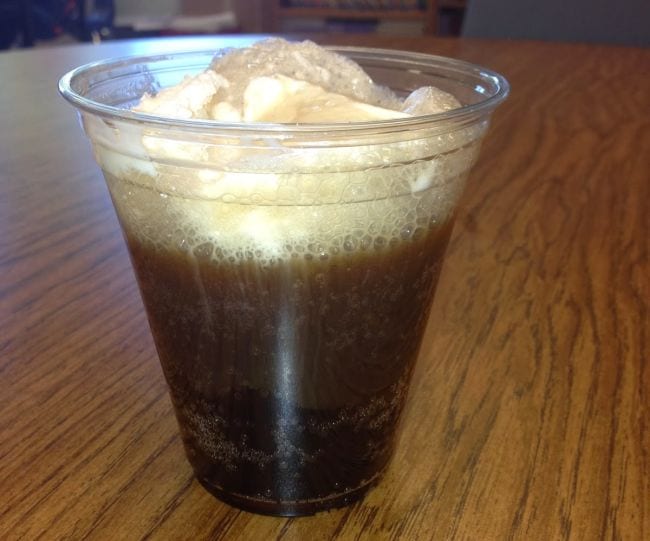
Difficulty: Easy / Materials: Basic
What’s easy to make, delicious to eat, and demonstrates all three states of matter at once? Root beer floats! This will easily be your students’ favorite science lesson of the year.
Learn more: Root Beer Float Science at Learning Lab Resources
Mix flavors in a lollipop lab
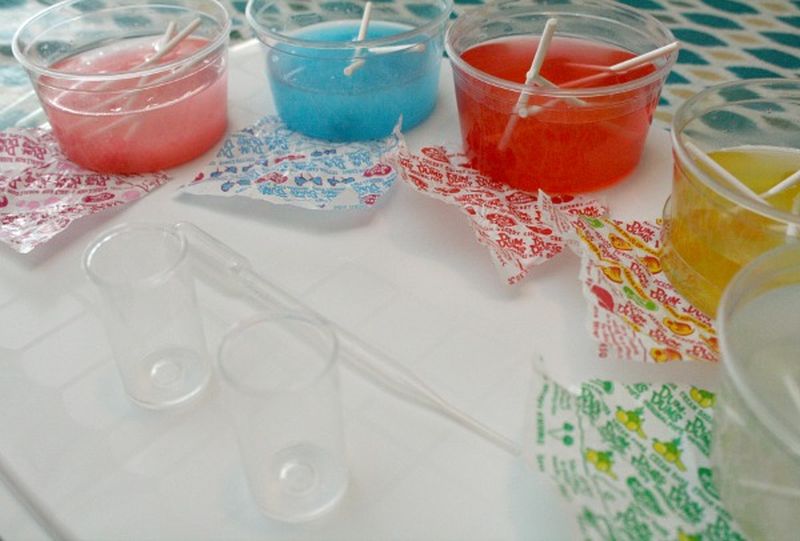
Difficulty: Easy / Materials: Basic
Candy science experiments are always a hit with kids! In this one, they’ll dissolve sugary lollipops in water, then mix flavors to make something new.
Learn more: Lollipop Lab at Fantastic Fun and Learning
Learn about osmosis with gummy bears
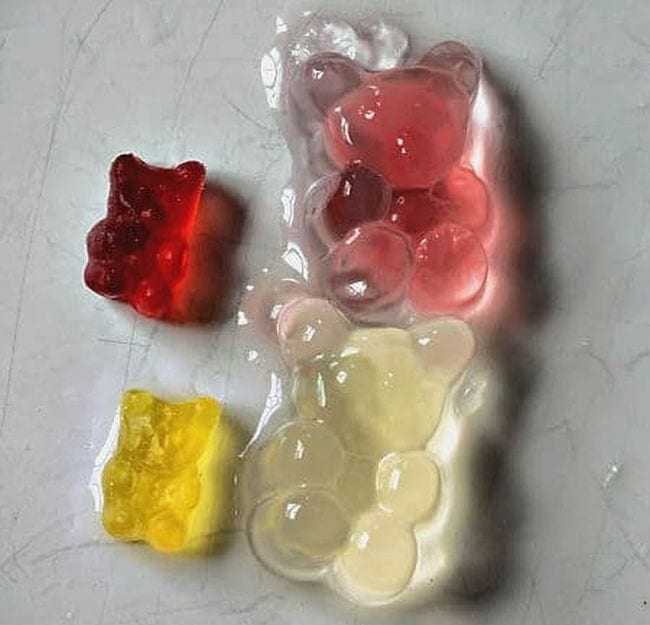
Difficulty: Easy / Materials: Medium
This is one of those classic experiments your 2nd grade science students will love to see in action. Soak the gummies in water to watch them grow through the power of osmosis.
Learn more: Osmosis Gummy Bears at Nurture Store UK
Freeze and observe liquid expansion
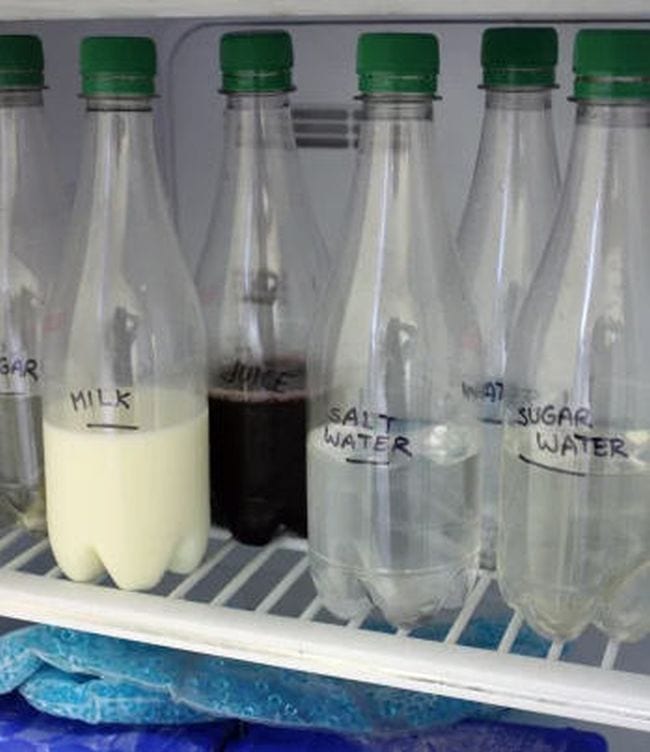
Difficulty: Easy / Materials: Medium
As you explore the states of matter, experiment to see if some types of liquid expand more than others when frozen.
Learn more: Freezing Liquids Experiment at Education.com
Use crackers to learn about properties of matter
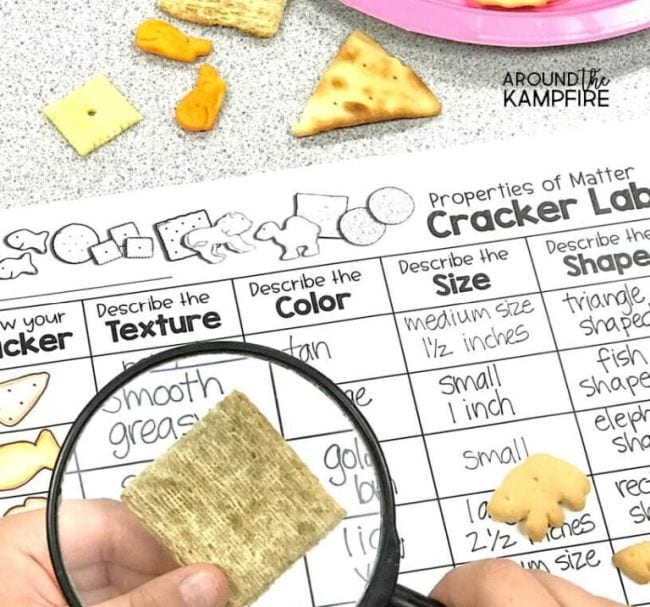
Difficulty: Easy / Materials: Medium
Practice sorting, comparing, and classifying using properties of matter in this tasty experiment. All you need is a variety of snack crackers and inquiring minds! (These magnifying glasses would be fun too.)
Learn more: Properties of Matter Cracker Lab at Around the Kampfire
Demonstrate heat energy with chocolate kisses
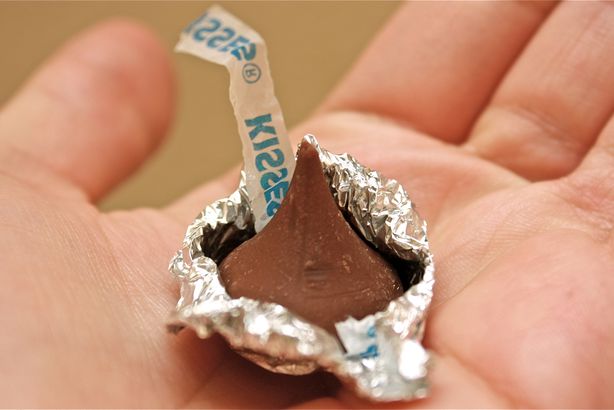
Difficulty: Easy / Materials: Medium
Give each student two chocolate kiss candies to hold onto for five minutes. Students should keep one palm open, while closing their other around the kiss. See what happens simply from our body heat.
Learn more: Chocolate Kiss Experiment at Sandy Fiorini/TPT
Explode a watermelon
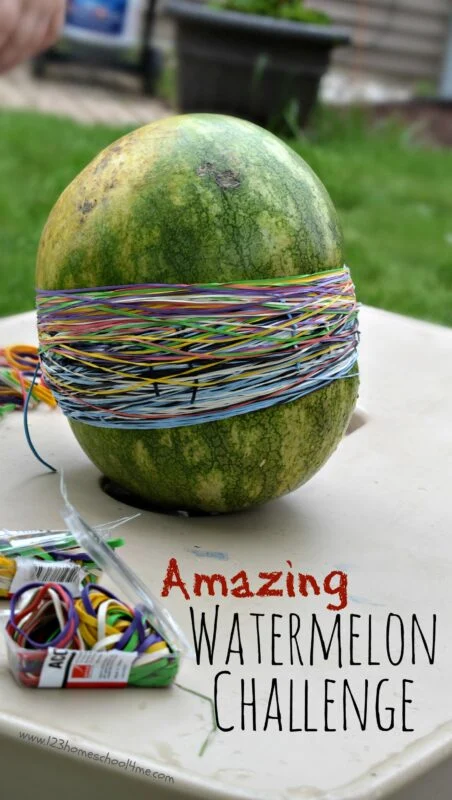
Difficulty: Medium / Materials: Medium
How many rubber bands does it take to make a watermelon explode? Find out while observing the concepts of potential and kinetic energy with your students.
Learn more: Exploding Watermelon Science at 123 Homeschool 4 Me
Turn an egg into a bouncy ball
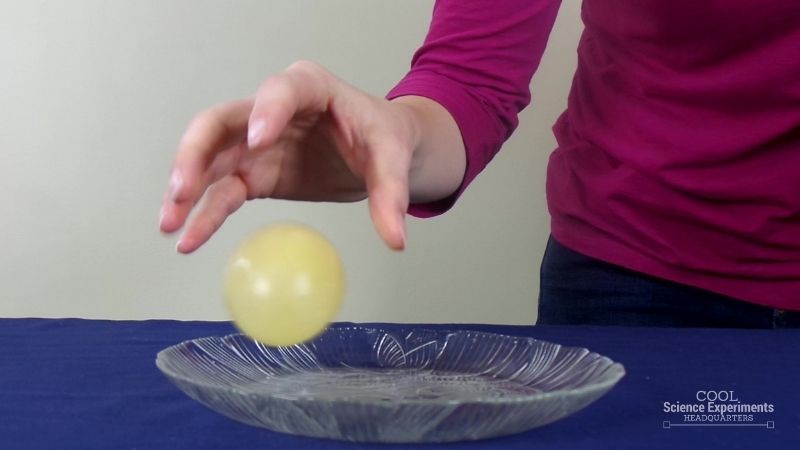
Difficulty: Easy / Materials: Basic
Simply soak an egg in vinegar for 48 hours for this amazing chemical reaction. This is guaranteed to blow your students’ minds!
Learn more: Bouncy Egg Experiment at Cool Science Experiments Headquarters
Build a solar oven to make s’mores
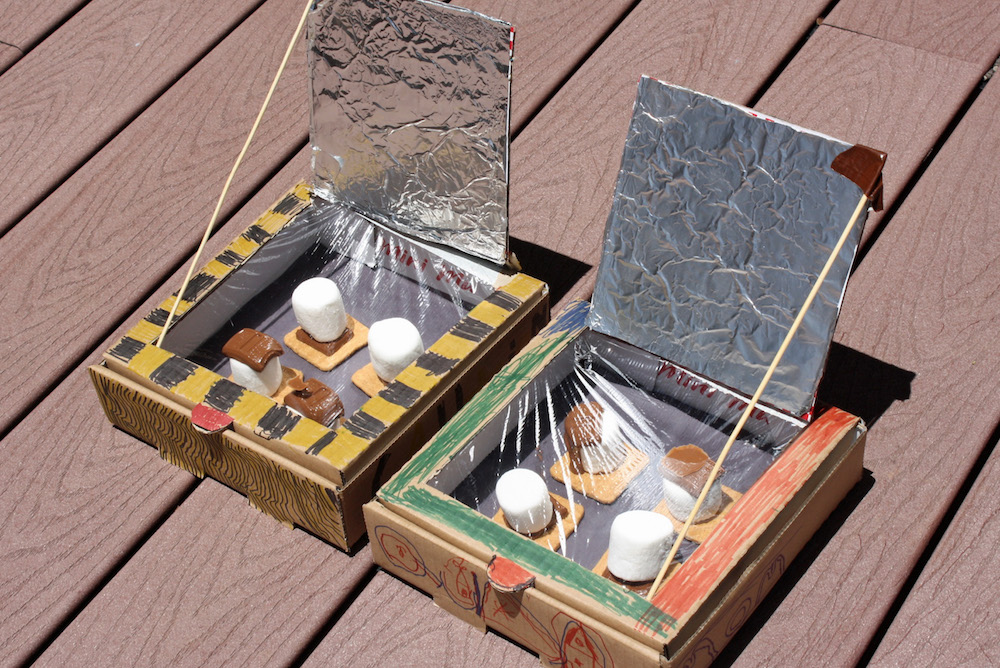
Difficulty: Medium / Materials: Medium
Observe the power of solar energy while baking a delicious, gooey dessert in the process. Yum!
Learn more: Solar Oven Project at Desert Chica
Conduct an egg drop
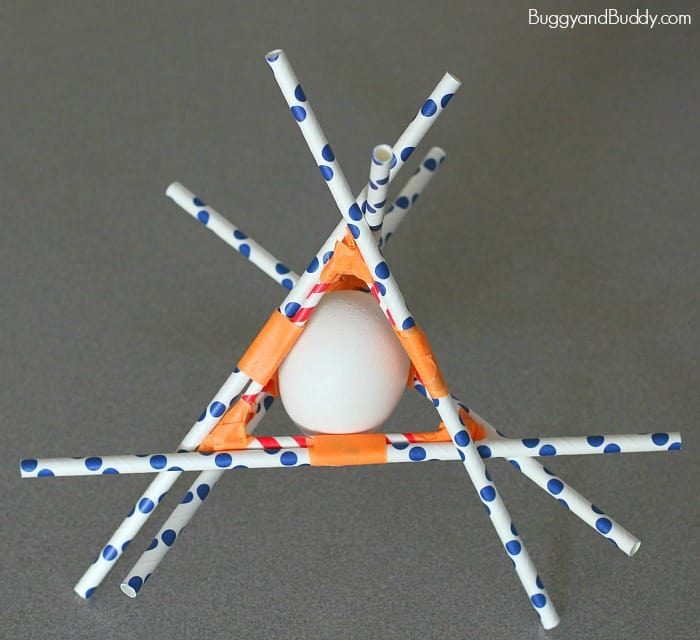
Difficulty: Easy / Materials: Basic
In this STEM project, your students will create a protective egg holder from simple materials. They will love seeing if their contraption keeps their egg in one piece during the competition.
Learn more: Egg Drop at Buggy and Buddy
Drop a Mento in soda and watch it erupt
Difficulty: Easy / Materials: Medium
Here is another 2nd grade science experiment that will make your students explode with excitement. Drop a Mento candy in different types of soda, and see which one causes the tallest geyser.
Build marshmallow-and-pretzel structures
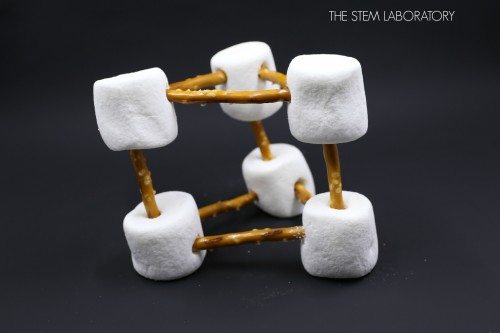
Difficulty: Easy / Materials: Basic
Get creative while practicing engineering skills by building structures with marshmallows and pretzels. Sweeten the deal by eating them afterwards!
Learn more: Pretzel Marshmallow STEM Challenge at The STEM Laboratory
More 2nd Grade Science Experiments and Activities
Kids will love these 2nd grade science ideas, from making their own slime to projecting stars on their ceiling, and everything in between!
Brew up tie-dye slime
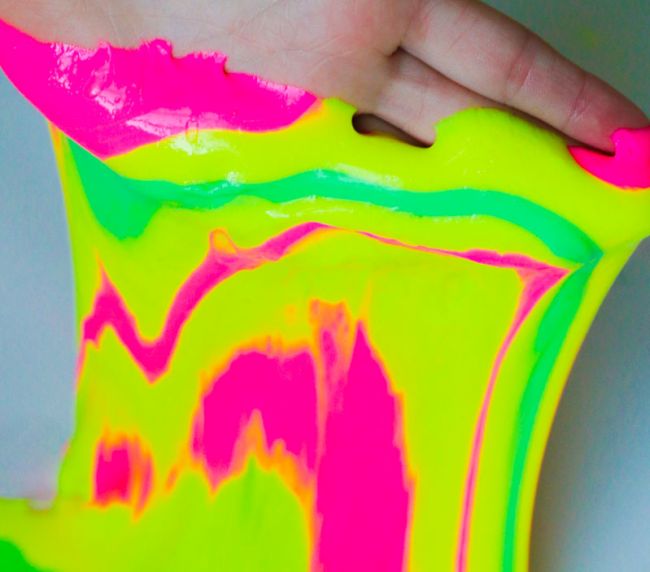
Difficulty: Easy / Materials: Medium
Slime is more than just an ever-popular toy. It’s also got a lot of great science behind it. Mix up some eye-popping tie-dye slime and take the opportunity to learn about polymers and non-Newtonian fluids.
Learn more: Tie-Dye Slime at I Heart Arts and Crafts
Dissect a seed
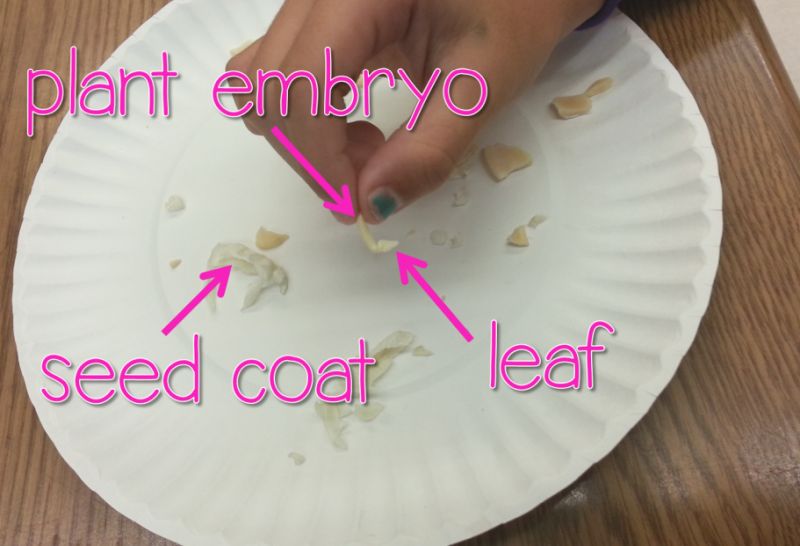
Difficulty: Easy / Materials: Medium
Soak a large seed (beans are ideal) in water, then carefully take it apart to see what’s inside. Draw a diagram to label parts like the seed coat and plant embryo.
Learn more: Seed Dissection at The Applicious Teacher
Use cereal to learn about states of matter
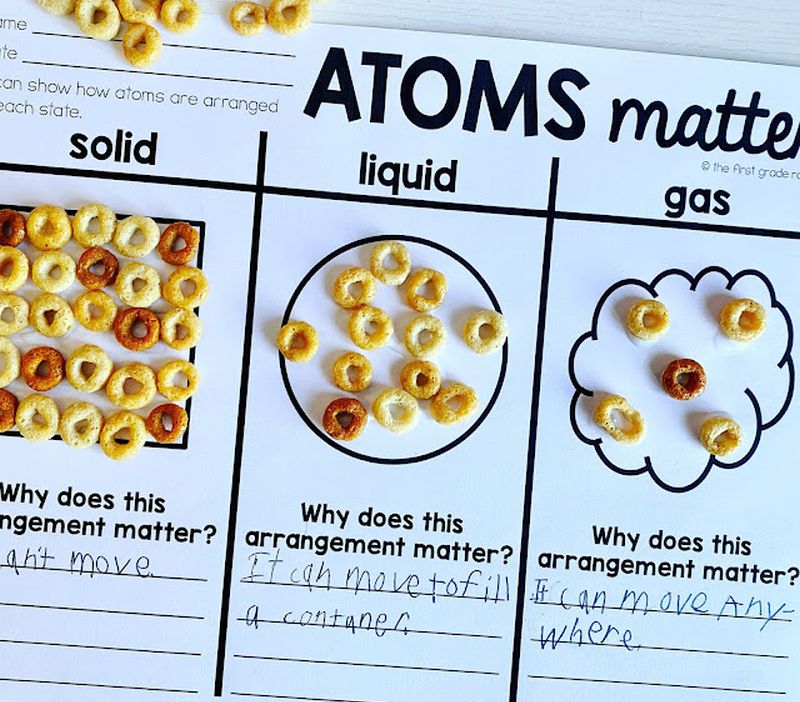
Difficulty: Easy / Materials: Basic
Learn how atom arrangements affect the states of matter with this easy 2nd grade science activity that doubles as a snack!
Learn more: Cereal States of Matter at The First Grade Roundup
Make a bouquet of chromatography flowers
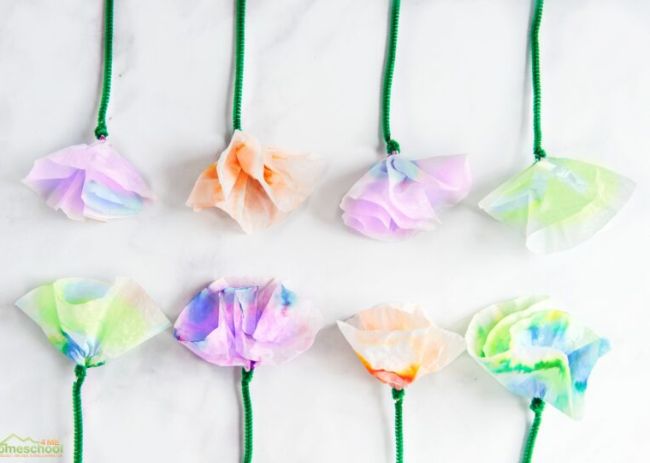
Difficulty: Easy / Materials: Medium
Use chromatography to split secondary paint colors into their original hues. The results are both pretty and fascinating!
Learn more: Chromatography Flowers at 123 Homeschool 4 Me
Concoct a foaming rainbow
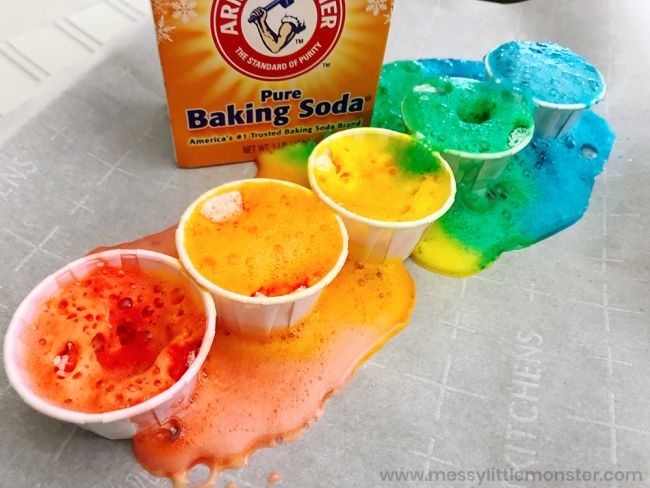
Difficulty: Easy / Materials: Basic
Every kid loves the classic baking soda and vinegar chemical reaction experiment. This version makes a foamy rainbow, thanks to some added food coloring.
Learn more: Foamy Rainbow at Messy Little Monster
Sculpt pipe cleaner constellations
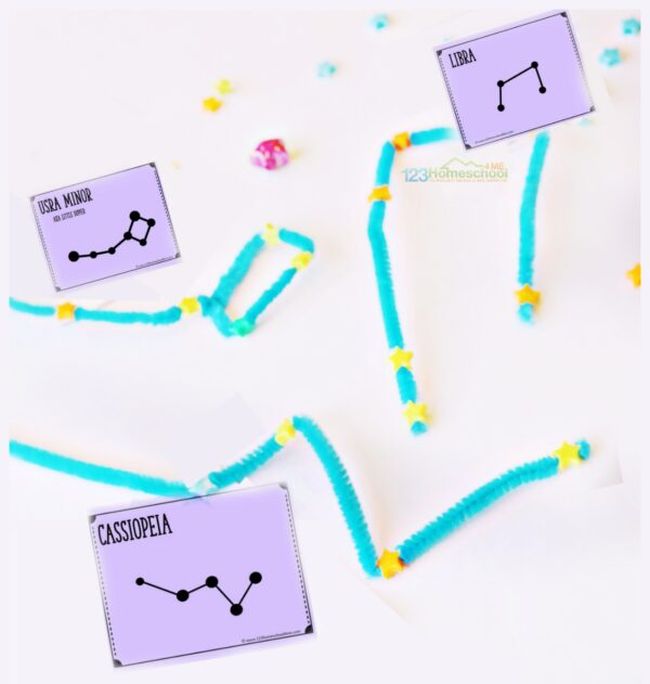
Difficulty: Easy / Materials: Basic
Help kids find the constellations in the night sky by making these models from pipe cleaners. The little star beads are such a clever touch!
Learn more: Pipe Cleaner Constellations at 123 Homeschool 4 Me
Tell time with a sundial
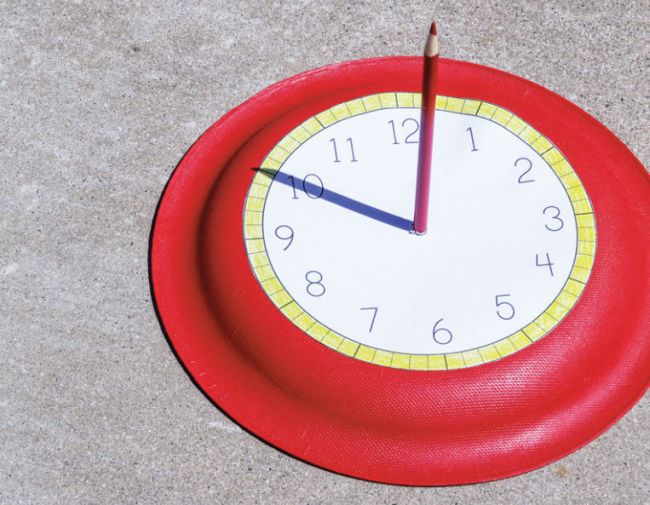
Difficulty: Easy / Materials: Basic
How did people tell time before clocks and watches? Help 2nd grade science students find out by making their own sundials from paper plates.
Learn more: DIY Sundial at Paging Supermom
Race clothespin cars
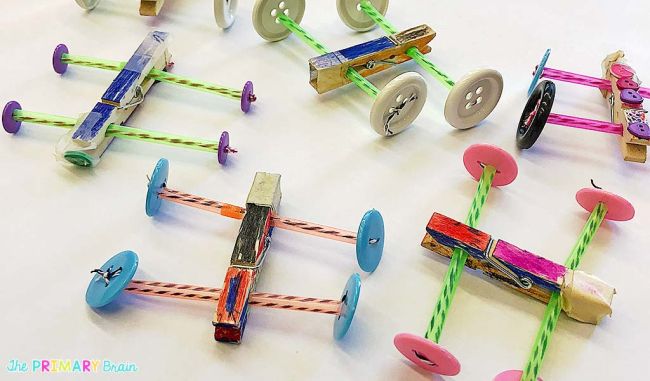
Difficulty: Easy / Materials: Basic
Explore simple machines by building race cars from basic supplies like clothespins and drinking straws. It’s a really fun way to learn about wheels and axles.
Learn more: Clothespin Cars at The Primary Brain
Build a body from play dough

Difficulty: Easy / Materials: Basic
Play-Doh activities are always fun to do! Visit the link below for free printable mats to use as you have your 2nd grade science students sculpt the bones, organs, and muscles of the body.
Learn more: Play-Doh Body at 123 Homeschool 4 Me
Turn pom-poms into crystal balls
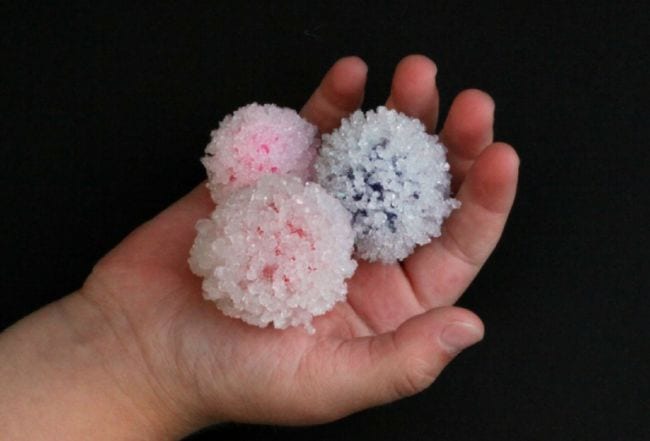
Difficulty: Easy / Materials: Medium
Every kid loves making crystals! They’ll learn about supersaturated solutions as they make these cute little crystal pom-pom balls.
Learn more: Crystal Pom-Poms at A Dab of Glue Will Do
Test sunscreen for effectiveness

Difficulty: Easy / Materials: Medium
Kids might wonder why they need to wear sunscreen when they’re at the park or playing soccer. This experiment shows them the power of the sun’s rays and the protection sunscreen provides.
Learn more: Sunscreen Experiment at JDaniel4’s Mom
Design and build an index card tower
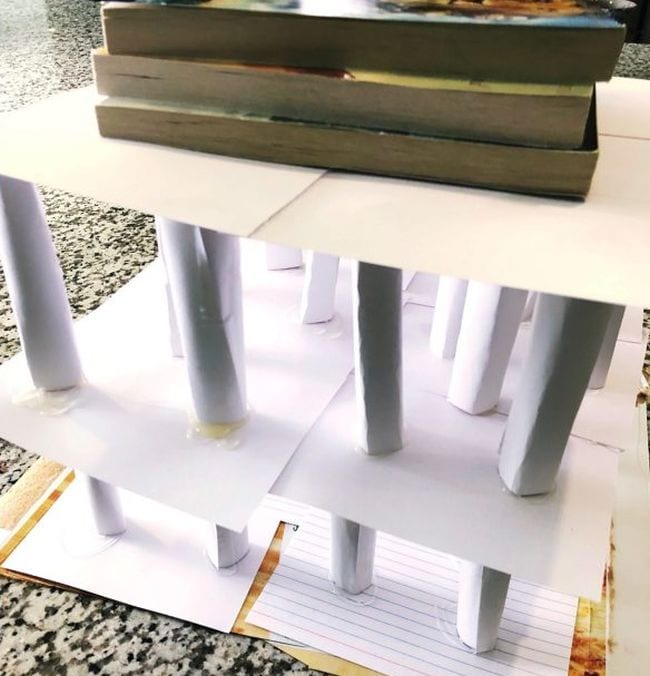
Difficulty: Easy / Materials: Basic
Challenge your 2nd grade science students to a little early engineering. Given only index cards, how tall and/or strong of a structure can they build?
Learn more: Index Card STEM Challenge at Education to the Core
Repel glitter with dish soap
Difficulty: Easy / Materials: Basic
Every teacher knows that glitter is just like germs … it gets everywhere and is so hard to get rid of! Use that to your advantage, and show students how soap fights glitter and germs.
Bend objects to test flexibility
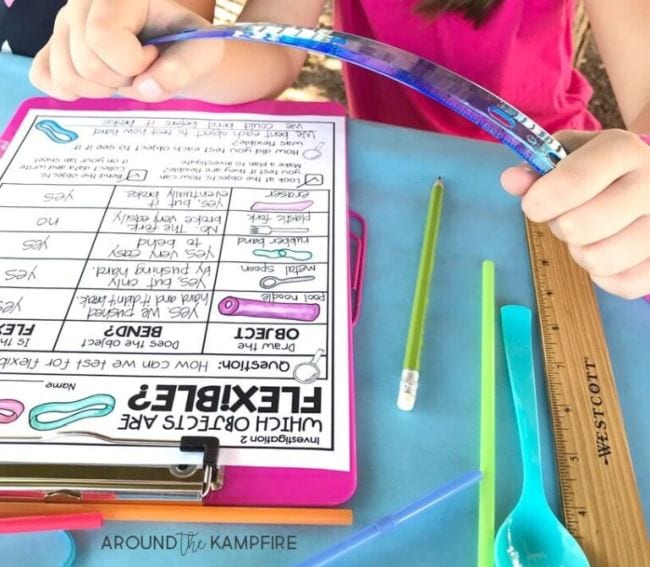
Difficulty: Easy / Materials: Basic
Explore one of the properties of matter with this easy experiment. Kids plan how to test flexibility, then try it out with a variety of basic objects.
Learn more: Flexibility Experiment at Around the Kampfire
Discover density with saltwater solutions
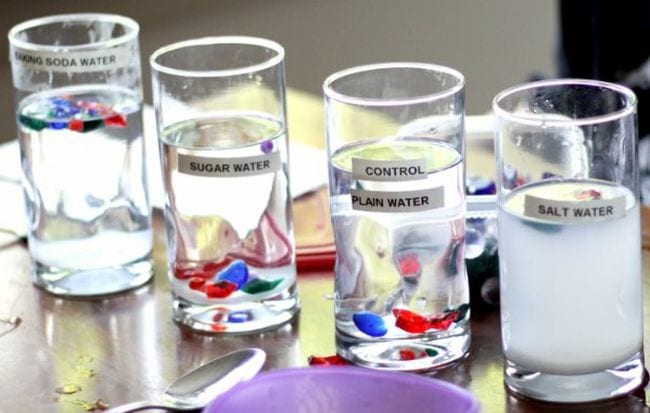
Difficulty: Easy / Materials: Basic
This simple experiment covers a lot of 2nd grade science concepts. Learn about solutions, density, and even ocean science as you compare and contrast how objects float in different water mixtures.
Learn more: Water Density at The Science Kiddo
Blast off drinking-straw rockets
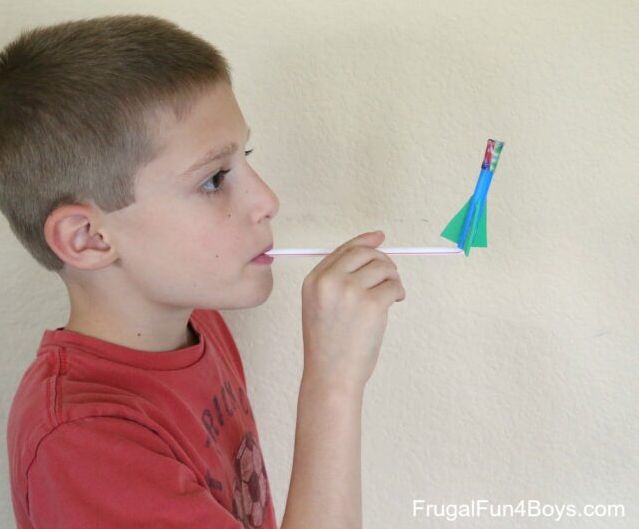
Difficulty: Easy / Materials: Basic
Engineer rockets from drinking straws and have a blast when you send them flying! Kids can tweak the design to see whose can fly the highest.
Learn more: Straw Rockets at Frugal Fun for Boys and Girls
Create a solar system out of play dough
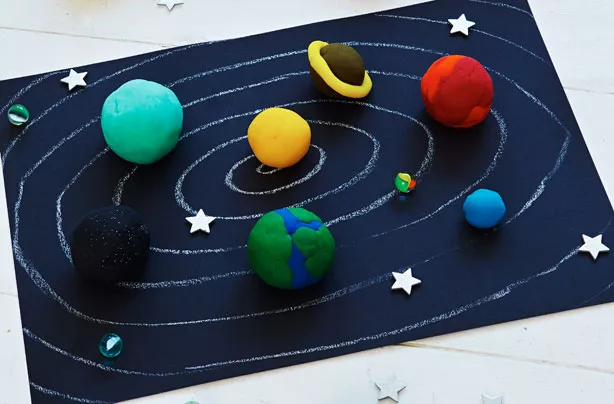
Difficulty: Easy / Materials: Basic
This is a perfect culminating project for your space unit. Your students can display their models at home when the project is complete.
Learn more: Play Dough Solar System at Good to Know
Count how many water drops will fit on a penny
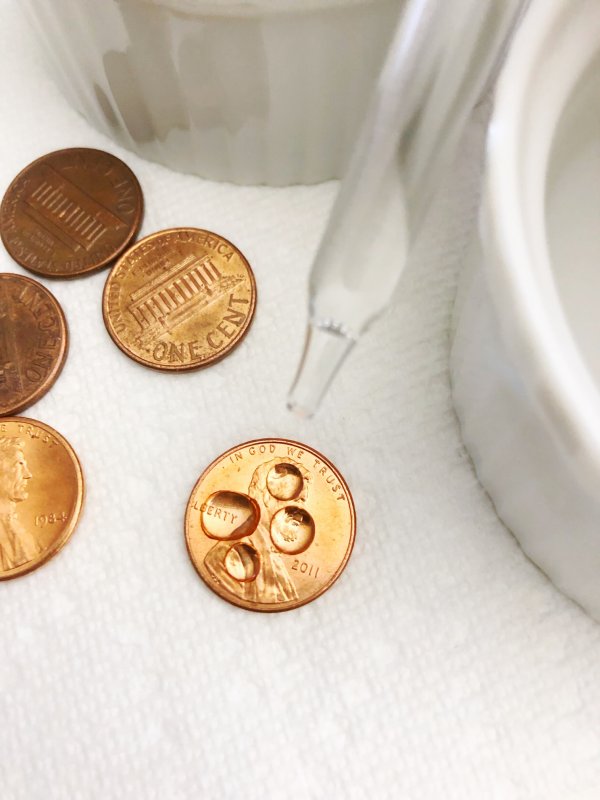
Difficulty: Easy / Materials: Basic
How many water drops fit on a penny? Find out with this fun and easy experiment that focuses on surface tension. Your students will be amazed by the results!
Learn more: Penny Surface Tension at Little Bins for Little Hands
Project stars on the ceiling
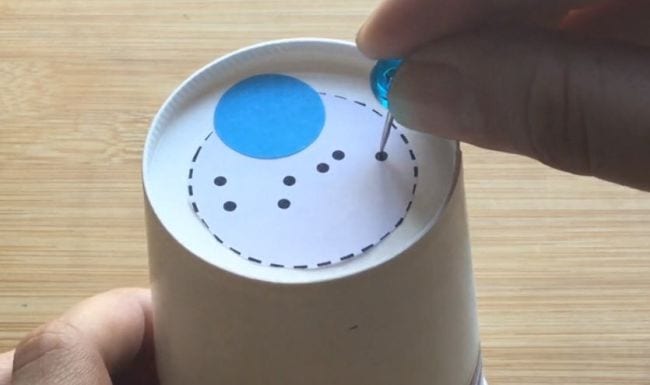
Difficulty: Easy / Materials: Basic
Everyone loves visiting a planetarium. Turn your very own 2nd grade science classroom into one with this simple DIY star projector.
Learn more: Star Projector at Mystery Science
Write secret messages with invisible ink
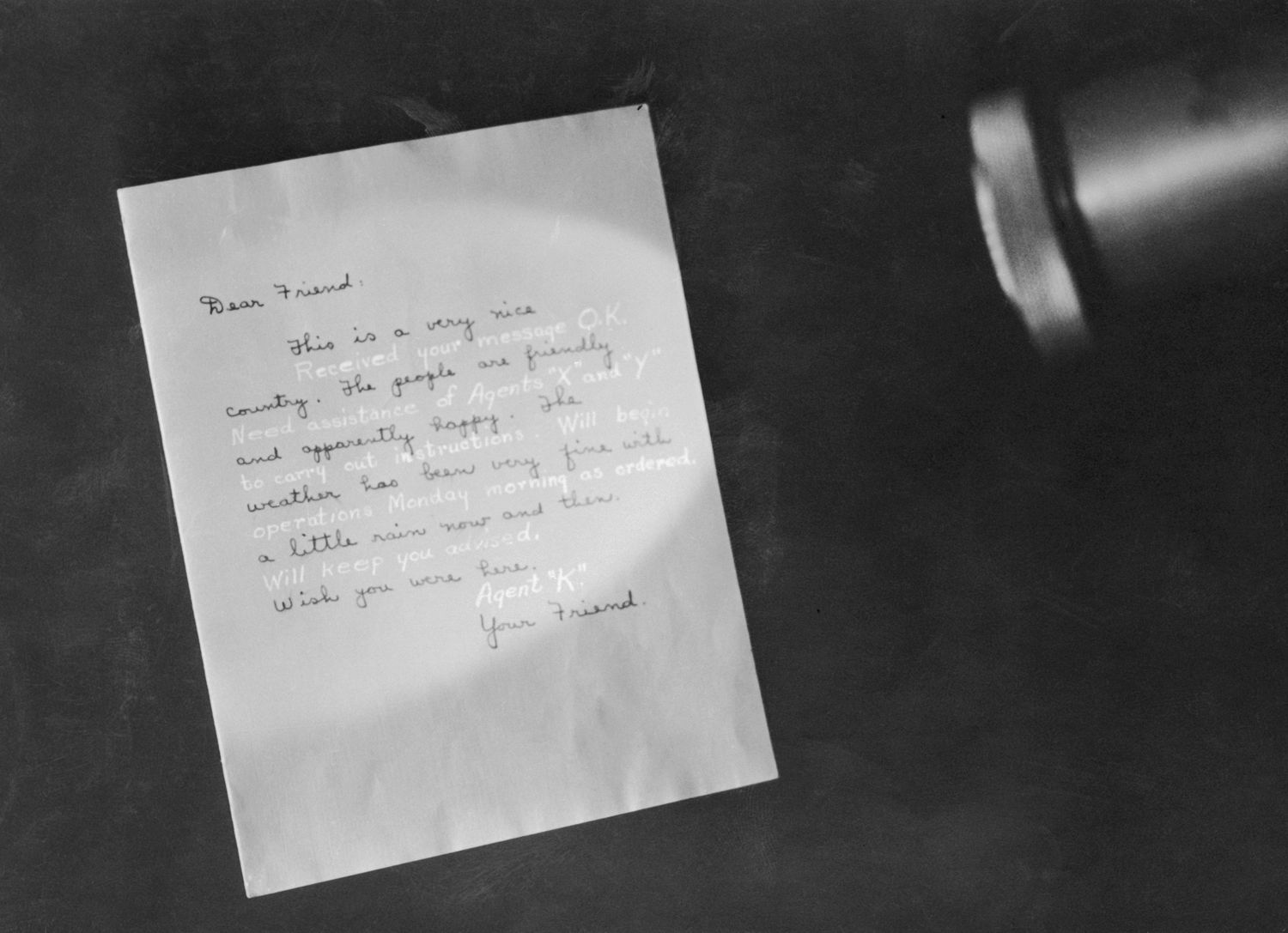
Difficulty: Easy / Materials: Basic
Make your own invisible ink from just baking soda and water, then have your students write messages to one another. Reveal the secret messages with a flashlight once the ink is dry.
Learn more: Invisible Ink at ThoughtCo
Looking for more? Try these 25 Second Grade STEM Challenges To Help Kids Think Creatively.
For more articles like this, be sure to sign up for our newsletters to find out when they’re posted!
